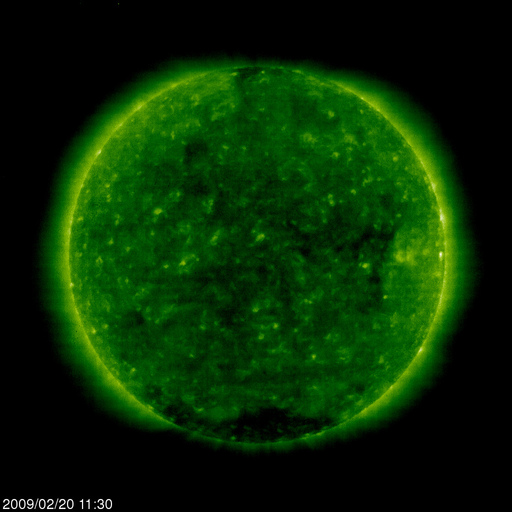I've never seen a green star
I hope to never see one
but I can tell you anyhow
I'd rather model it than observe it...
if you have a bunch of stars of some age, or range of ages, and composition
with the stars all different mass over some range of masses, and
maybe some binaries and peculiar stars and interacting stars, and
bit of dust, then
what colour are they?

In particular if you are looking at a big clump of stars from far away
the easy thing to do is to see the slightly fuzzy blob, plop some filters
on your aperture and measure the colour - the difference in brightness in a small number
of broad band of wavelengths
Given that, what do you know?
Well, ideally, wihout having to go to the effort of getting spectra, which may
be effectively impossible anyway, you want to extract the age, composition, extinction due
to dust, and hopefully underlying mass, and mass range, of the stars
Clearly, to do this, you want to calculate the detailed broadband high resolution spectrum of
the stars, individually, and then sum them to get the broadband colours...
We seem to be sadly lacking in databases of consistent wide wavelength high resolution spectra of normal stars
of different ages and composition (hey, maybe someone should go to the enormous effort of doing it, once and
for all - be a good treasury class project, would be most stimulating)
So, the spectra are calculated, and then summed in an exercise of linear programming that would
tax an actuary, and then you do some mini-max or chi optimization and pick a best fit parametric estimate
for the underlying population
Yes, that is the sort of thing we all too often do.
We then conclude that while stars are never actually green, for obvious reasons known
back to Goethe, it is in fact probably the case than in the mean the star are a nice shade of beigeCosmic Latte - I preferred the earlier, but incorrectly colour mapped shade of pale turquiose... way more relaxing

Your screen's colour map may vary
